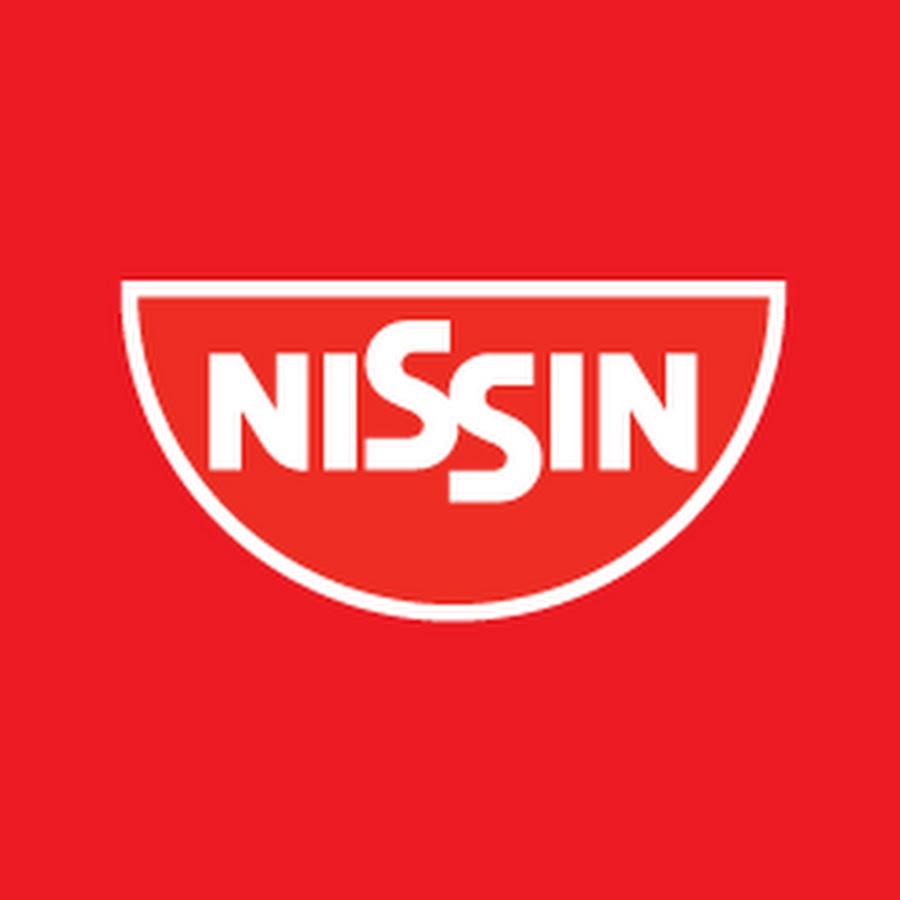Nisin is a polycyclic antibacterial peptide produced by the bacterium Lactococcus lactis. It has been used as a natural food preservative for over 50 years due to its effectiveness and safety.
Discovery and Properties of Nisin
Nisin was first discovered and isolated in the 1920s by British microbiologist Andrew Groll and has been commercially produced since 1953. It is a heat-stable, non-toxic polypeptide containing 34 amino acids. Some key properties of nisin include:
- Highly effective against gram-positive bacteria like Listeria, Staphylococcus and Streptococcus.
- Less effective against gram-negative bacteria due to their outer membrane.
- Maintains antibacterial activity even at high temperatures up to 100 degree Celsius.
- Active over a wide pH range of 3-8.
Mechanism of Action
Nisin acts by disrupting the cytoplasmic membrane permeability of target bacteria. It inserts itself into the membrane through interaction with lipid II, resulting in pore formation. This leads to leakage of essential intracellular components and ultimately cell death. Nisin only interacts with growing, dividing bacterial cells and has no effect on spores or viruses. Its action is rapid with maximum inhibition seen within 1–2 hours of exposure.
Applications in Food Preservation
Given its stability, effectiveness and safety, nisin has been approved as a food preservative in over 50 countries. Some of its major applications include:
- Dairy Products: Nisin has been used for many years in cheese manufacturing to control unwanted microbes. It preserves the quality and extends shelf life of cheeses.
- Cured Meats: Addition of nisin retards spoilage in cured meat products like ham, salami, pepperoni etc and controls Listeria.
- Canned Foods: It is effective against bacteria causing spoilage in low-acid canned foods like vegetables, soups, gravies etc. along with sterilization.
- Beverages: Nisin checks microbial growth in pasteurized fruit juices, wine coolers and other drinks.
- Baked Goods: It prevents toxin production by Bacillus cereus in breads, cookies, crackers and extends their shelf life.
Regulatory Status and Safety
In the European Union, United States and other countries, nisin is approved as a food preservative classified under E234. The acceptable daily intake is not specified due to absence of toxic effects even at high doses. Some key points regarding its safety:
- Non-toxic, non-allergenic and non-pathogenic for human beings and warm blooded animals.
- Only effective against actively dividing bacterial cells and hence is non-toxic to human cells.
- Does not cause development of resistance in target bacteria unlike chemical preservatives.
- At the approved level of use, nisin is degraded and lost its antibacterial activity in the gastrointestinal tract.
Research and New Applications
Even after decades of widespread use, research on nisin continues with focus on developing new applications and technologies. Some areas being explored are:
- Surface decontamination: Testing nisin efficacy against foodborne pathogens on food contact surfaces, equipment etc.
- Edible films and coatings: Encapsulating nisin in biopolymer coatings for fresh produce, meats etc.
- Feed preservatives: Use of nisin-treated silage or total mixed ration to control bacteria in animal feed.
- Alternative production systems: Developing cost-effective fermentation-based and cell-free synthesis methods.
- Plant extracts synergism: Investigating synergistic effects with natural antimicrobials from spices, herbs etc. to develop new natamycin-nisin combinations.
Nisin is a natural, safe and effective food biopreservative widely used for over half a century. Continuous research explores new applications and technologies to further improve food safety and public health. As a non-toxic alternative to chemical preservatives, nisin promises continued usage in various food matrices for sustainable, natural preservation.
For more insights, Read- https://www.trendingwebwire.com/nisin-trends-size-and-share-analysis/

